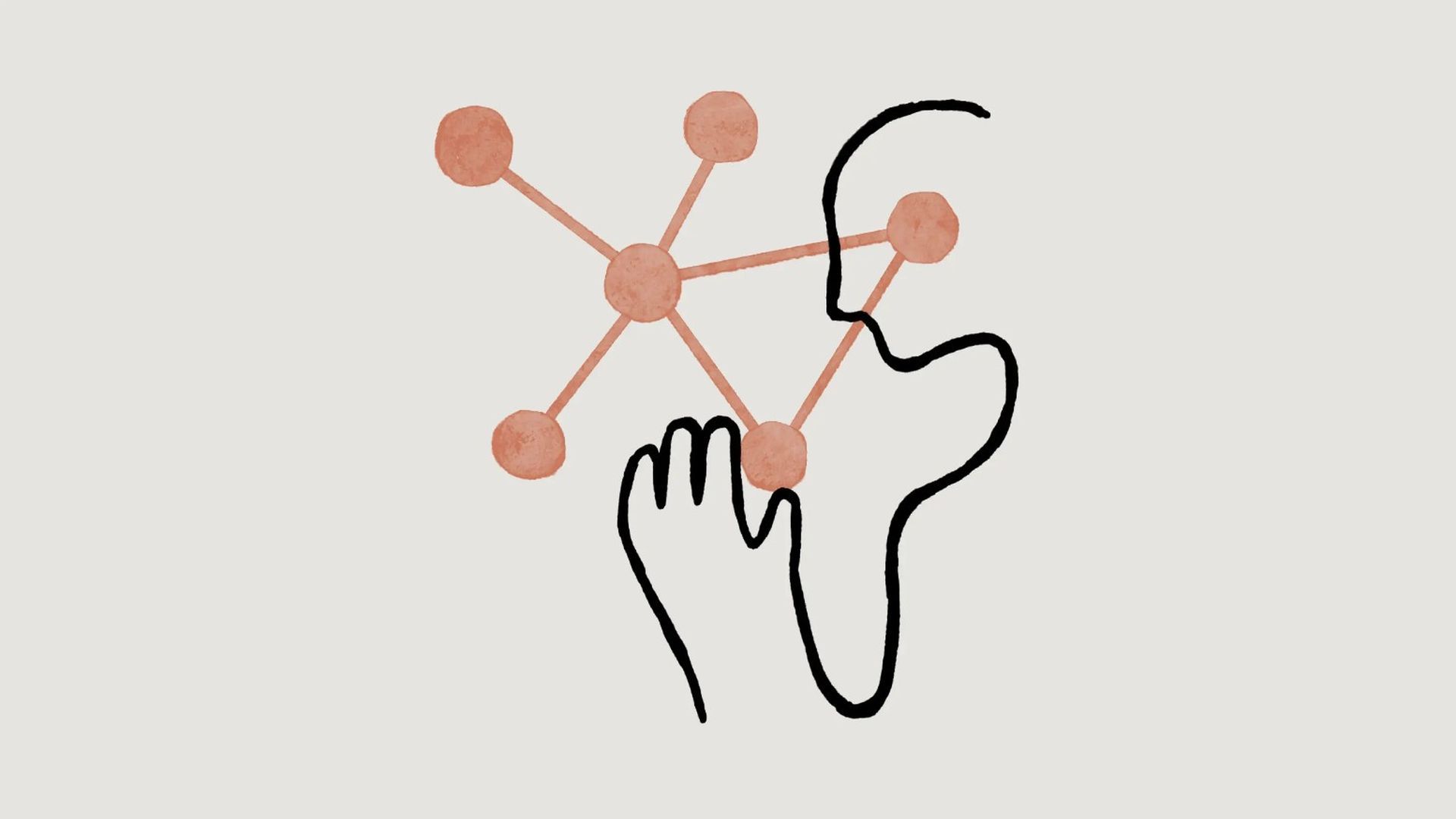Core Concepts
Anthropic's Claude 2 AI aims to compete with ChatGPT by offering enhanced capabilities and a focus on ethics, but it may not yet surpass the popularity of its rival.
Abstract
Anthropic's Claude 2 AI, the successor to the original model, is positioned as a safer and more advanced artificial intelligence tool. It boasts improved math, coding, and reasoning abilities compared to its predecessor. The company emphasizes that Claude 2 can process up to 100,000 tokens in a single request, allowing for more contextually relevant responses. Despite these advancements, Claude 2 still lags behind ChatGPT in real-time data processing capabilities.
The availability of Claude 2 is limited to users in the United States and the United Kingdom at present. While it offers an API for generating content at a cost of around $0.0465 per 1,000 words, the basic features are free for all users. Anthropic highlights that Claude 2 outperforms its predecessor in various tasks such as multiple-choice exams and programming challenges.
In comparison to GPT-4 powering ChatGPT, Claude 2 shows similar performance levels but aims to differentiate itself through ethical considerations and accountability measures. However, despite its advancements, Claude 2 may struggle to dethrone ChatGPT due to the latter's established user base and reputation.
Overall, while Claude 2 AI presents notable improvements over its predecessor and competes well with existing models like ChatGPT, it may face challenges in becoming the preferred choice for users seeking cutting-edge AI capabilities.
Claude 2 AI is out but can it take ChatGPT’s throne?
Stats
The cost of using Claude 2 AI API is approximately $0.0465 per 1,000 words.
Claude 2 can process up to 100,000 tokens in a single request.
The context window of Claude has been increased to about 75,000 words.
Anthropic claims that Claude handles large amounts of data but may not be suitable for tasks requiring real-time data processing.
Quotes
"We have an internal red-teaming evaluation that scores our models on a large representative set of harmful prompts." - Anthropic
"Every tool has different advantages and features that make them stand out against others." - Unknown
Key Insights Distilled From
by at dataconomy.com 07-12-2023
https://dataconomy.com/2023/07/12/claude-2-ai-is-out-chatgpt/
Deeper Inquiries
How can ethical considerations impact user preferences when choosing between AI models like ChatGPT and Claude?
Ethical considerations play a significant role in shaping user preferences when selecting AI models such as ChatGPT and Claude. Users are becoming increasingly aware of the potential ethical implications of using AI technologies, including issues related to bias, privacy, and societal impact. Therefore, users may prioritize AI models that demonstrate a commitment to ethics and responsible use.
In the case of Anthropic's Claude 2 AI, the company emphasizes its focus on making generative AI safe and "steerable" by incorporating ethical principles into its development process. This emphasis on ethics can attract users who value transparency, accountability, and fairness in AI systems. On the other hand, users may be hesitant to choose AI models that lack clear ethical guidelines or have been associated with unethical practices.
Ultimately, user preferences for AI models like ChatGPT or Claude can be influenced by how well these models address ethical concerns and align with users' values regarding responsible technology usage.
Is there a risk that focusing on safety could limit the innovation potential of AI tools like Claude?
While prioritizing safety in developing AI tools like Claude is crucial for ensuring responsible deployment and mitigating risks associated with harmful outcomes, there is a potential risk that an excessive focus on safety could stifle innovation. Striking a balance between safety measures and innovation is essential to harnessing the full potential of advanced artificial intelligence technologies.
By placing too much emphasis on safety alone, developers may adopt overly cautious approaches that restrict the exploration of new capabilities or functionalities in their AI tools. Innovation often involves taking calculated risks and pushing boundaries to discover novel solutions or improve existing features. If developers are overly conservative due to safety concerns, they might miss out on opportunities for groundbreaking advancements in their products.
To mitigate this risk, companies like Anthropic must adopt a holistic approach that integrates robust safety mechanisms while also fostering creativity and experimentation within their development processes. By maintaining a dynamic equilibrium between safety considerations and innovative endeavors, organizations can maximize the innovation potential of their AI tools without compromising user trust or system reliability.
How might combining different AI tools enhance overall user experience beyond individual model capabilities?
Integrating multiple AI tools offers several benefits that enhance overall user experience beyond what individual models can achieve independently. By leveraging diverse strengths from various platforms such as ChatGPT, Claude 2AI Google Bard Microsoft Bing among others), users can access a broader range of functionalities tailored to specific needs:
Comprehensive Coverage: Each tool excels in distinct areas (e.g., language processing vs coding proficiency). Combining them allows users to benefit from comprehensive coverage across different tasks without relying solely on one model's limitations.
Specialized Expertise: Some tools may specialize in niche domains (e.g., medical knowledge). Integrating these specialized capabilities enhances accuracy for domain-specific queries where general-purpose models might fall short.
Redundancy & Reliability: Utilizing multiple sources reduces dependency on any single tool; if one fails or lacks information/accuracy another tool could compensate ensuring continuity & reliability.
Enhanced Creativity: Different AIs offer unique perspectives & responses; blending them fosters creative outputs surpassing what each model generates individually.
User Customization: Users gain flexibility tailoring interactions based upon specific requirements—mixing various AIs enables personalized experiences catering precisely towards desired outcomes
Overall integrating diverse AIs not only expands functionality but also enriches interactions providing more nuanced insights generating richer experiences benefiting end-users significantly
0
